 Welcome
Welcome
“May all be happy, may all be healed, may all be at peace and may no one ever suffer."
Blisters - Homeopathic remedies
Blisters are small, fluid-filled pockets that form on the surface of the skin. They can be caused by a variety of factors, including friction, burns, allergies, infections, and autoimmune disorders.
Blisters can be painful and may be accompanied by redness, swelling, and itching. In most cases, blisters will heal on their own within a few days and do not require medical treatment. However, there are some cases where medical attention may be necessary, such as if the blister is infected or if it is located in an area that is prone to repeated friction or pressure.
To treat a blister at home, it is important to keep the affected area clean and dry. Do not pop or puncture the blister, as this can increase the risk of infection. If the blister is large or painful, you can apply a cold compress or ice pack to reduce swelling and relieve pain.
If the blister is located in an area that is prone to repeated friction, such as the hands or feet, you may need to protect the blister with a bandage or dressing. This can help prevent further irritation and allow the blister to heal more quickly.
If you have a fever, signs of infection such as redness, swelling, or pus around the blister, or if the blister is located on your face or genital area, seek medical attention immediately.
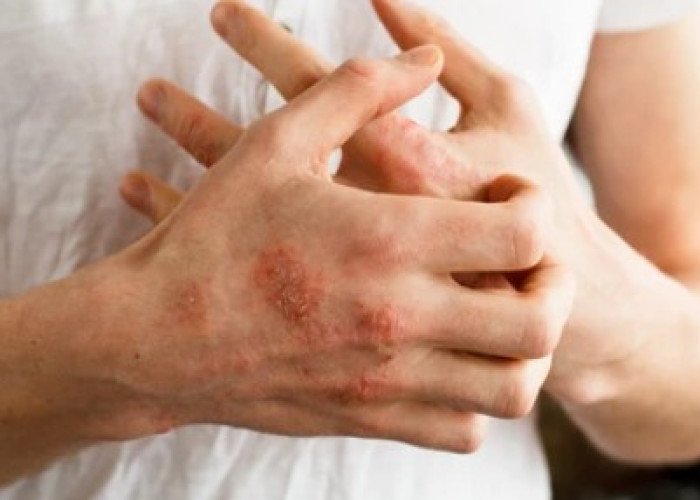
Eczema
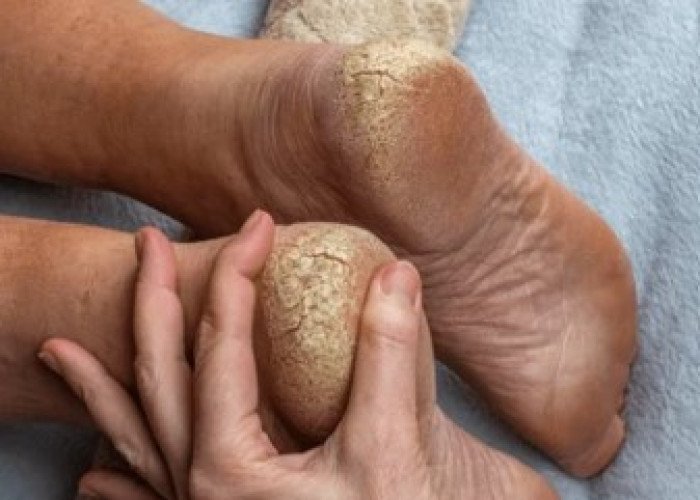
Crack hands and feet

Leucorrhoea

Sneeze

Skin disease
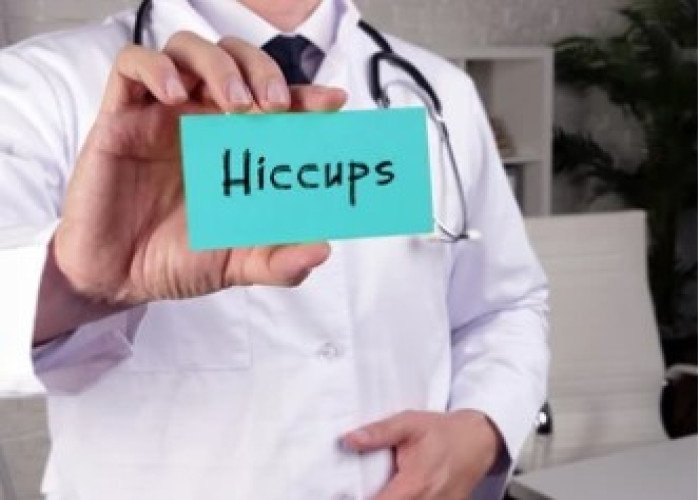
Hiccups
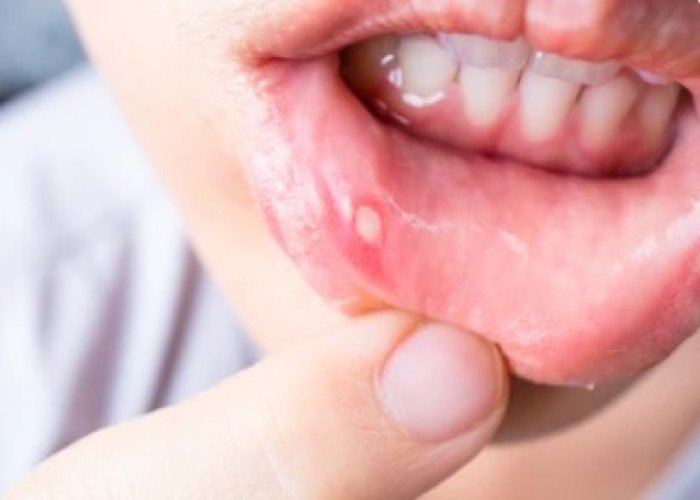
Mouth sores
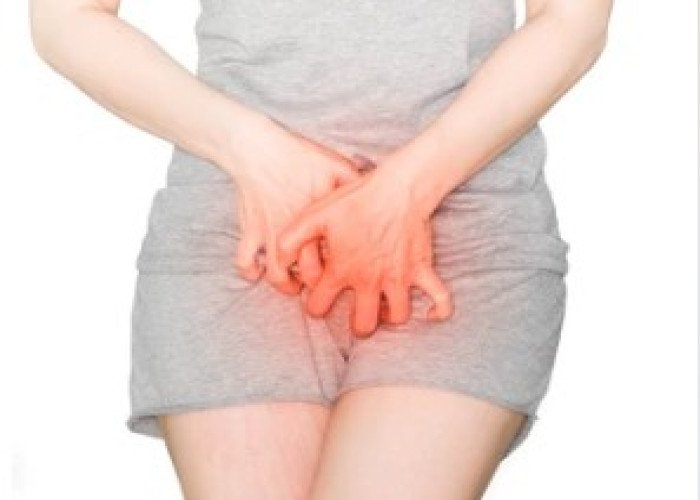
Vaginal itching
Blisters, ফোস্কা
To be happy, beautiful, healthy, wealthy, hale and long-lived stay with DM3S.